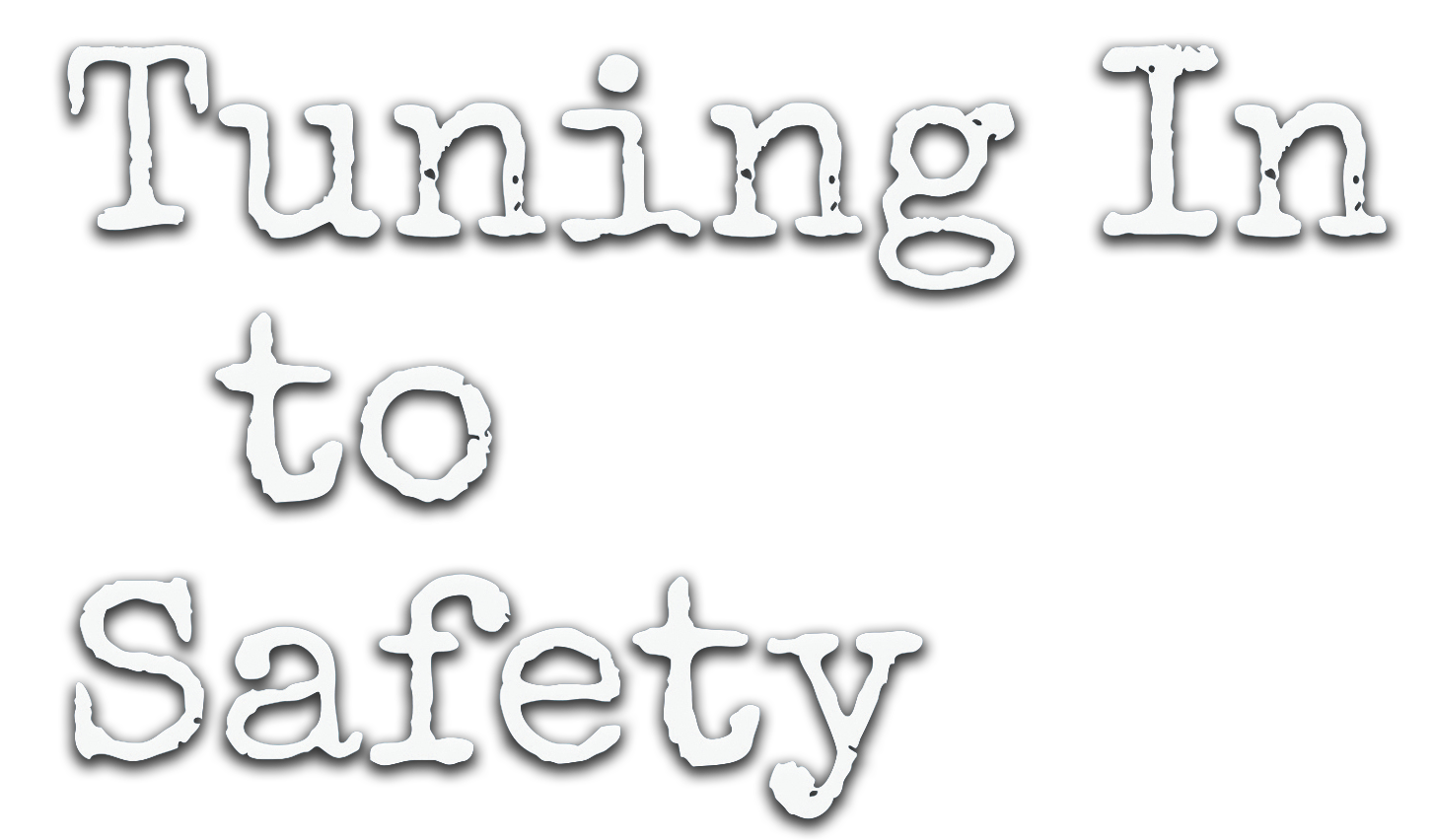The trouble with being the best - The Kobe Bryant tragedy
Every worker is required to make safety decisions during the regular work day. Whether they decide to complete a task will be determined by two factors: their personal risk tolerance and how risky they deem the task to be. These decisions are difficult enough, but can be further complicated by the worker’s skill level and status among their peers. If he/she has a reputation for being very good at what they do, they may be concerned that they will appear weak or less capable if they decide to stop work when a job becomes risky. This self-imposed pressure serves to increase their risk tolerance, and can result in that worker going “where angels fear to tread,” sometimes leading to an injury or fatality.
The National Transportation Safety Board (NTSB) has now completed their investigation of the helicopter crash that killed Kobe Bryant, his daughter Gianna, and seven others on the morning of January 26, 2020. The NTSB findings indicate that the primary cause of the crash was the pilot, Ara Zobayan, was suffering “spatial disorientation” as he flew the Sikorsky S-76B into the clouds above the Calabasas hills. The pilot told air traffic control that he was climbing to 4000 feet, when he was actually banking left and descending. He had lost the horizon as the helicopter entered “inadvertent flight into instrument meteorological conditions,” also known as IIMC. Knowing that Zobayan was a highly trained and experienced helicopter pilot, it begs the question: how did he get into the situation in the first place?
The conditions at the time of the crash were dangerous to fly in. The L.A. County Sheriff and the Los Angeles Police Department had grounded their helicopter fleets that morning due to inclement weather. While Zobayan held an instrument rating, his company, Island Express, was only authorized to fly using Visual Flight Rules (VFR). The reduced visibility that morning increased the possibility that the flight would be cancelled and the company’s high-profile customers would have to take ground transportation to their destination.
To take the pressure off pilots in situations like this, the company had a procedure in place to help them assess risk and make better safety decisions. Their Flight Risk Analysis Tool is a list of 69 questions that would yield a score indicating the level of risk involved in flying that day. If the points added up to a number higher than 45, the pilot was required to talk to either the company managers or the chief pilot to come up with a new plan. According to Jeff Wise, author of “Kobe Bryant’s Tragic Flight”:
“But Bryant needed to get through, and Zobayan had an out. He was Island Express’s chief pilot. So he skipped writing down his backup plans, left critical risk factors unchecked, and hit Submit. He was good to go.”
Instead of using the Flight Risk Analysis Tool as a means of ensuring the safety of himself and his passengers, Zobayan saw it as standing in the way of progress. He was Kobe Bryant’s “go-to” helicopter pilot, and he had not let him down before. Getting Bryant and his entourage to their destination on time was absolute first priority.
Procedures such as the Flight Risk Analysis Tool are common in industry. One example is the Field Level Risk Assessment (FLRA), which gives the user a means of determining whether they can perform a job as planned or if they must revert to another procedure known as a Job Hazard Analysis (JHA). These are excellent tools that can prevent unanticipated outcomes when completing a task. However, they are only as good as the attitudes of the people who are expected to use them. If the end user does not believe the procedure is good for them personally, they are just as likely to do as Zobayan did and bypass it. The worst part is that the more experience and ability you have, the more likely you are to see these procedures as unnecessary and burdensome.
Getting maximum value from FLRAs and JHAs requires some humility. We need regular reminders of our finite nature and an understanding that we won’t always be able to anticipate changes in conditions that can lead to injuries and fatalities. Those who choose to view the procedures as being beneficial to them can expect to reduce their personal risk and increase the likelihood of completing their assigned tasks safely and responsibly.
For more information on these and other ideas regarding workplace safety, go to www.tuningintosafety.com. Tuning In to Safety is a book written for all employees in an organization, and is available on Amazon in paperback, eBook, and audiobook formats.

